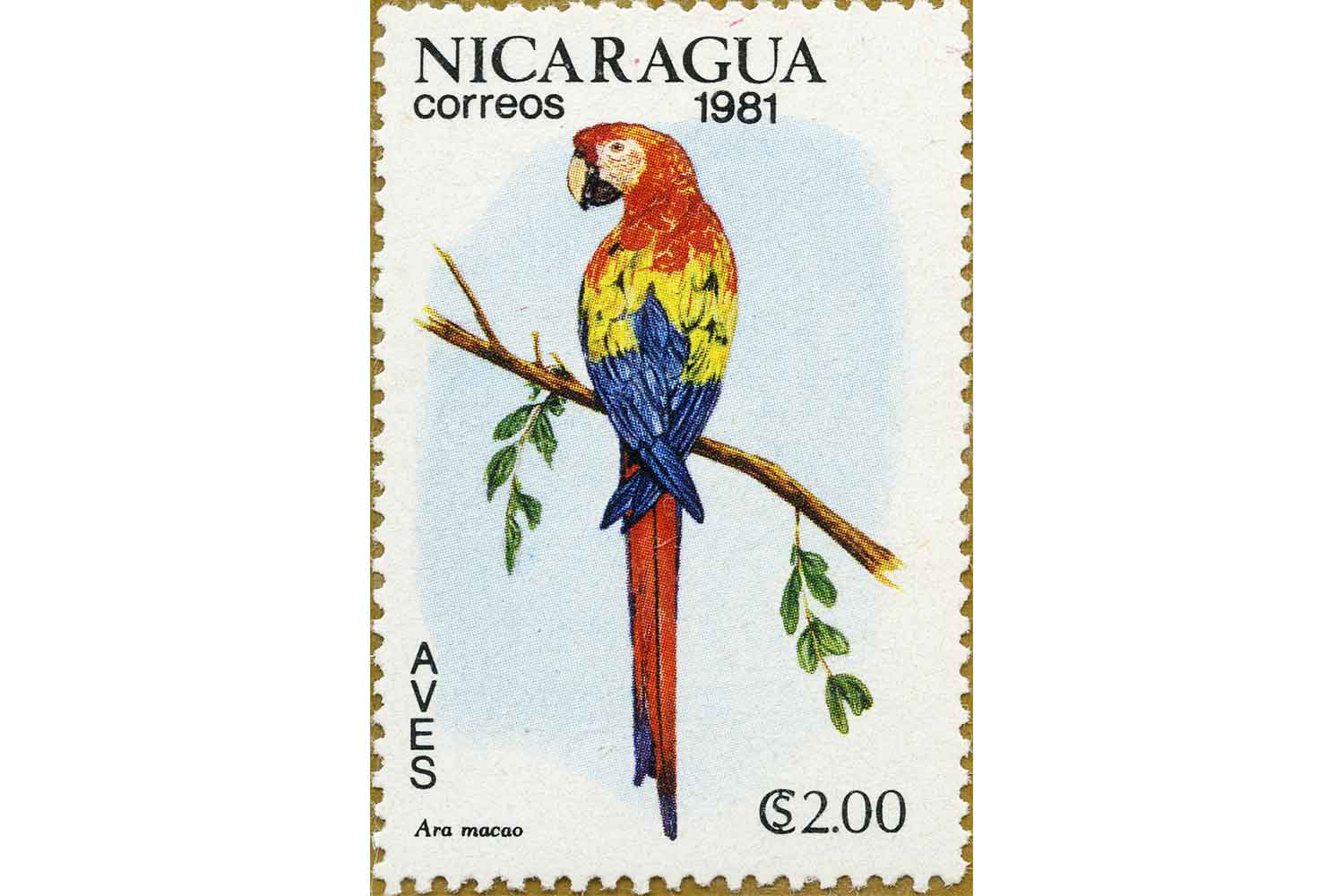
Birds are one of the most sought-after themes in world philately due to their diversity, symbolism, and the fact that countries use them to represent local fauna on their postage stamps. Collecting bird stamps allows you to explore postal history, artistic representation, and global biodiversity through the issues of different countries.
Symbolism and representation: Birds are often associated with flight, freedom, and purity, giving them great symbolic value in philately. Furthermore, countries use local birds to represent their fauna and culture on their stamps.
Thematic diversity: This theme encompasses a wide variety of birds, from the most common to exotic or endangered species, making it attractive to different collectors.
History and art: Collecting bird stamps allows you to study the evolution of philatelic design and the history of nature's representation in postal art from different eras and regions.
Birds are a very popular theme in world philately, appearing on stamps from many countries throughout history to represent local fauna, aviation history, or culture. Bird and philatelic collectors often gather stamps, leaflets, and envelopes featuring birds from around the world, such as the Australian black swan or the homing pigeon on stamps from the Soviet Union.
Representation on stamps.

Birds appear on postage stamps worldwide as swans, eagles, pigeons, and other species native to each country.
Historical examples.
An early example is the 1855 stamp from Western Australia featuring the black swan, and the homing pigeon on a 1957 Soviet stamp.
Exhibitions.

Birds are such a popular theme that themed exhibitions are sometimes organized. For example, an exhibition called "The Winged Ingenuity" showcased bird stamps from over one hundred countries.
Collection Themes: Philatelists who collect birds often focus on stamps from specific countries or on a particular theme, such as their country's local fauna
Specific Examples from Argentina: Argentina has also issued stamps featuring native birds, such as a series in 1978 for the Inter-American Philatelic Exhibition.
